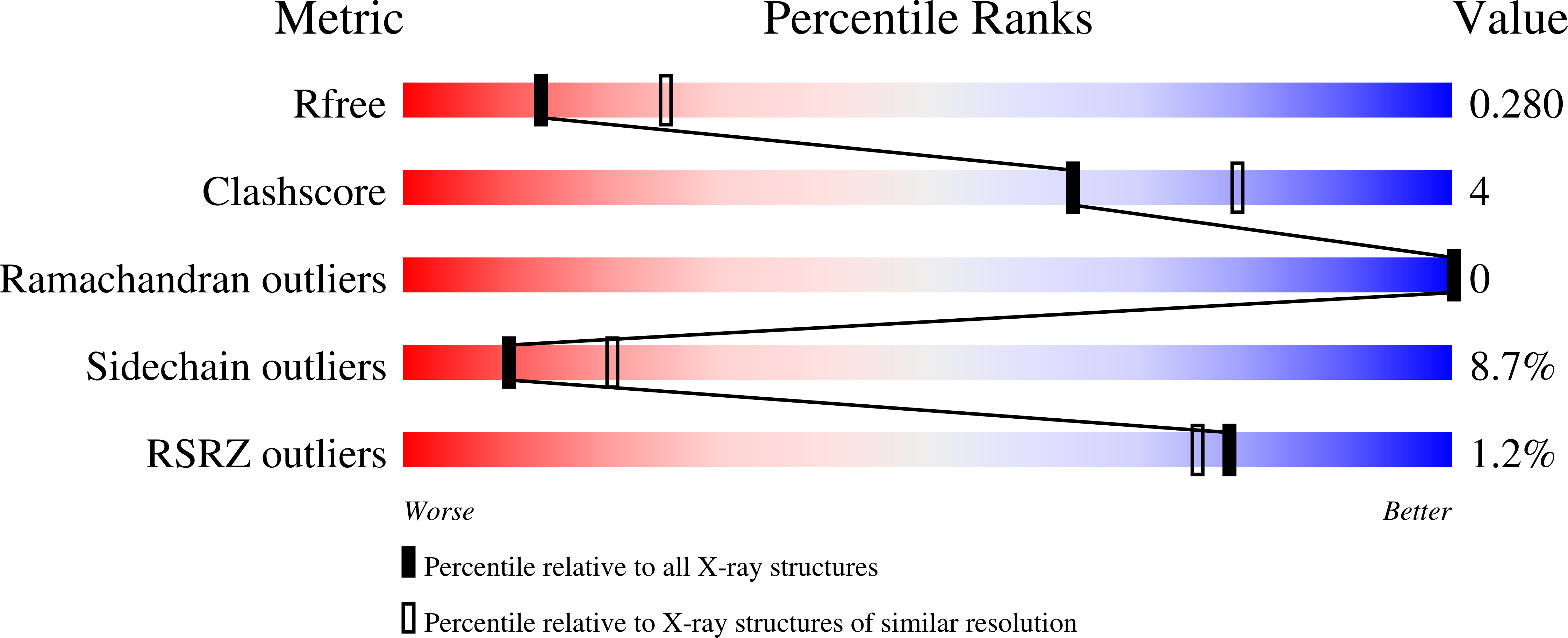
Deposition Date
2013-08-26
Release Date
2014-03-26
Last Version Date
2023-11-08
Entry Detail
Biological Source:
Source Organism:
Pyrococcus furiosus (Taxon ID: 186497)
Saccharomyces cerevisiae (Taxon ID: 559292)
Saccharomyces cerevisiae (Taxon ID: 559292)
Host Organism:
Method Details:
Experimental Method:
Resolution:
2.60 Å
R-Value Free:
0.27
R-Value Work:
0.24
R-Value Observed:
0.24
Space Group:
P 1


